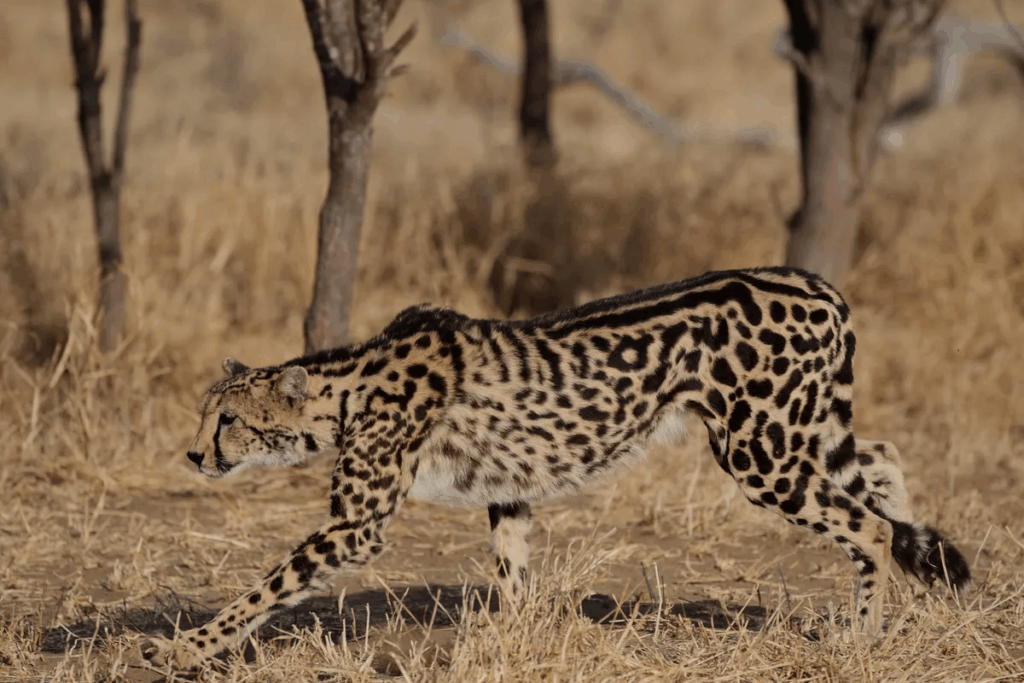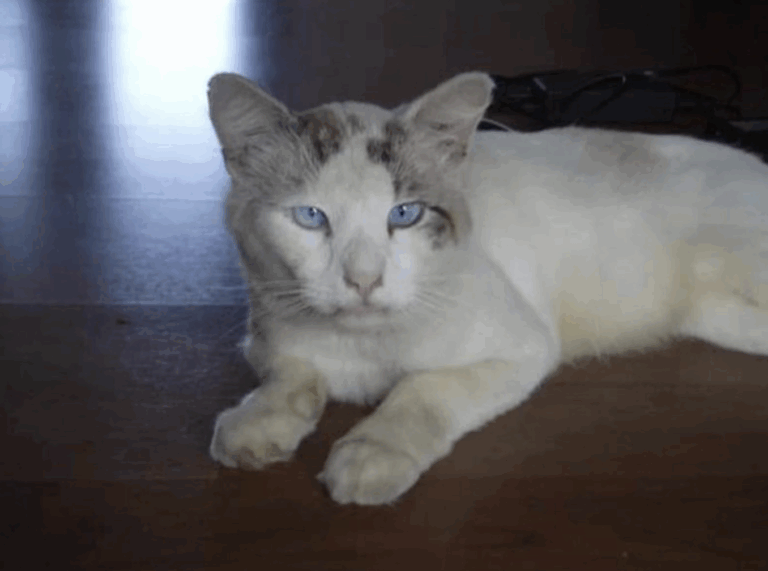The King Cheetah: Rare Genetic Marvel, Not a New Species

At first glance, the king cheetah looks like something out of a wildlife fantasy: bold black stripes running down its spine, large blotchy spots, and a thicker coat than your typical cheetah. With such a striking appearance, it’s easy to assume this animal is either a hybrid or a brand-new species. But in reality, the king cheetah is neither.
Instead, it is a rare genetic mutation within the African cheetah population (Acinonyx jubatus), and its story is a fascinating blend of biology, misunderstanding, and conservation.
It’s All in the Genes
The unique markings of the king cheetah are caused by a recessive mutation in a gene known as Taqpep (short for transmembrane aminopeptidase Q). This same gene is also responsible for the different tabby patterns seen in domestic cats—like the difference between mackerel and blotched tabbies.
For a cheetah to express the king coat pattern:
- It must inherit two copies of the mutated Taqpep gene—one from each parent.
- If it only inherits one copy, the animal will look like a typical cheetah but still carry the mutation and pass it on.
This mutation alters how the fur’s pigment is distributed during early development, creating stripes and enlarged spots rather than small, evenly spaced dots.

Misclassified and Misunderstood
The king cheetah has a long history of scientific misclassification:
- First reported in 1926 in Zimbabwe, its unusual appearance led some to propose it was a new species: Acinonyx rex.
- However, after years of debate and little evidence, experts ultimately concluded in 1939 that the king cheetah is simply a rare color morph of the standard cheetah.
- The mystery was solved definitively in 1981, when two normal-looking cheetahs at the De Wildt Cheetah Centre in South Africa gave birth to king cheetah cubs. This proved the trait was inheritable, not a hybrid result or separate species.

Incredibly Rare in the Wild
King cheetahs are extremely rare. Only about 10 have been spotted in the wild, mostly in Zimbabwe, Botswana, and South Africa. The majority of king cheetahs alive today live in conservation centers or breeding programs where their unique genetics are carefully monitored.
Breeding two carriers of the Taqpep mutation gives only a 25% chance of producing a king cheetah cub—making them even more elusive.
Why They Matter
Despite their dramatic looks, king cheetahs behave, hunt, and live just like any other cheetah. They don’t have any special physical advantages or disadvantages. However, their rarity has made them a point of fascination—not just for scientists, but also for photographers, conservationists, and poachers.
Studying the king cheetah helps researchers better understand:
- Genetic diversity in wild cheetah populations
- Pigmentation patterns and how genes control animal appearances
- The impact of low genetic variation in endangered species, which can increase the chance of rare mutations appearing
A Natural Wonder, Not a Lab Creation
The king cheetah reminds us of how nature’s subtle tweaks can lead to breathtaking results. It’s not the product of hybridization or human interference—just a rare roll of the genetic dice that results in a living masterpiece.
Its existence also highlights the importance of preserving genetic diversity in wild populations. As cheetah numbers continue to decline due to habitat loss and human conflict, protecting these unique individuals becomes even more essential—not just because they’re beautiful, but because they represent the hidden stories waiting in every strand of DNA.
Have you ever seen a king cheetah? If not, now’s the time to look it up—and marvel at what nature can do with a single gene.
Let me know if you’d like a version tailored for Pinterest, Instagram, or a short caption-based format!






